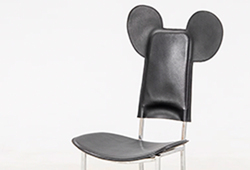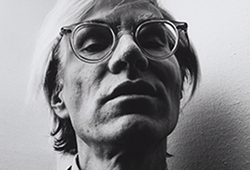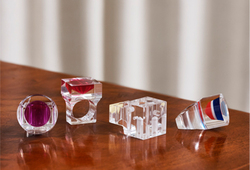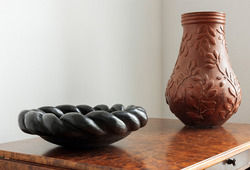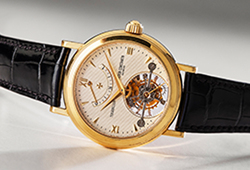Tony Matelli
'Weed #65'
Marked 65-08. Executed in 2008. Unique. Painted bronze. Height 29 cm.
Provenance
Andréhn-Schiptjenko, Stockholm.
More information
For 20 years, Matelli's Weed sculptures have been an ongoing series of unique works made from hand-painted bronze. He created his very first Weed in 1995. The series was first shown in a museum context in the exhibition To Be Real curated by Toby Kamps at Yerba Buena Gardens in San Francisco (1997).
Each work depicts in minute detail and scale exactly what the title suggests - a weed. Intended to be experienced as such first and as art second, they function beyond institutional critique as metaphors for general classifications of value, hierarchy and dignity. Weeds are robust, never welcome and always present, surviving and even thriving in the most hostile places - a crack in the pavement, a hole in a wall, in the spaces between stone and concrete.
Matelli has said:
"The weed is a triumph and a failure at the same time. They represent both life and decay. Weeds persevere; you can't kill them. They are fugitive.
I wanted them to be experienced, first, as simple weeds. I didn't want them to be experienced as a sculpture-I hoped there would be very little art mediation, and that's true for a lot of my work. The Weeds really work this way; I don't think people initially engage with them as sculpture, I think people initially engage with them as real weeds, which allows them to function in the mind of the viewer as real interlopers, strange and out of place."
(Interview with Marie Nipper, Chief Curator at ARoS)





